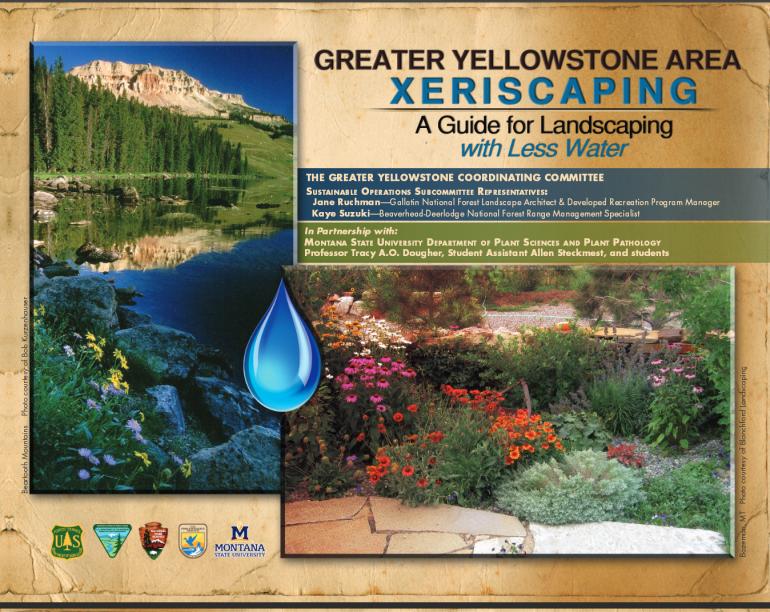Xeriscaping & Native Plants
Tips & tricks for better landscaping in an arid climate.
When it comes to sustainability, planet and pocketbook are often at odds. Some practices, however take care of both. Xeriscaping, for example, is the wise use of water through water-efficient landscaping. Studies have shown that incorporating appropriate design with native plants can cut down on water usage by 50%, maintenance and labor by 30%, fertilizers by 61%, fuel by 44%, and herbicides and pesticides by 22%.
Seven Principles of Xeriscaping
1. Plan and Design Comprehensively
2. Improve Soil with Amendments
3. Reduce Lawn Areas
4. Use Appropriate Plants and Group Them According to Water/Environmental Needs
5. Irrigate Efficiently
6. Use Mulches
7. Maintain Your Landscape
Benefits of Using Native Plants
Economic:
Lower Water and Maintenance Costs
Enhanced Real Estate Values
Increased Survivability of Plantings
Environmental:
Improved Water and Soil Conservation
Reduced Use of Petroleum Products
Improved Air Quality/Carbon Sequestration
Enhanced Urban Wildlife Habitat
Reduced Water Contamination
Aesthetic:
Increased Year-Round Visual Impact
Increased Urban Wildlife Viewing
Edible and Decorative Products
Common Native Plants in the Gallatin Valley
Grasses:
Blue Bunch Wheatgrass
Sheep Fescue
Blue-Eyed Mountain Grass
Wildflowers:
Lupine
Arnica
Aster
Mountain Bluebells
Shrubs
Cinquefoil
Pacific Willow
For more information, check out Gallatin Invasive Species Alliance.











